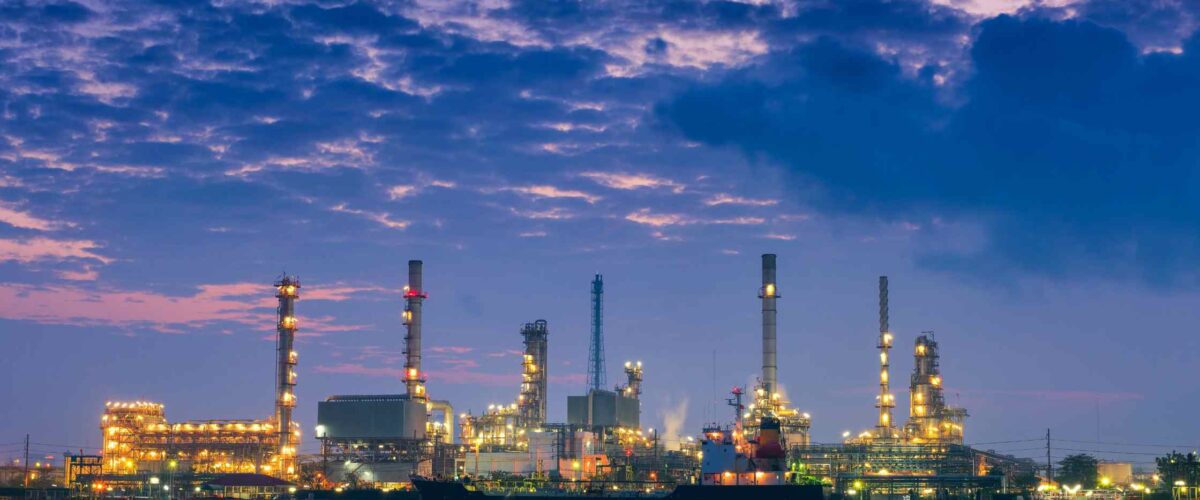As the offshore oil and gas industry faces rising operational costs, harsh environmental conditions, and increasing demands for safety and sustainability, one innovation is standing out as a game-changer: robotics. From autonomous underwater vehicles (AUVs) inspecting subsea pipelines to robotic crawlers performing structural checks on offshore platforms, robotics is revolutionizing how maintenance and inspection are conducted offshore.
The future of offshore operations is robotic—not only because it’s safer and more cost-effective, but because it’s unlocking new levels of operational efficiency and precision. This article explores how robotics is reshaping offshore maintenance and inspection, the key technologies driving this transformation, and what to expect in the years ahead.
Why Offshore Robotics Matter
Offshore structures—oil rigs, platforms, FPSOs, and subsea assets—are exposed to some of the world’s harshest and most remote environments. Traditionally, inspection and maintenance require sending divers or crews for dangerous and time-consuming work. Robotics offers a compelling alternative:
-
Improved safety: Minimizes human exposure to risky environments.
-
Reduced downtime: Enables more frequent and faster inspections.
-
Lower cost: Cuts the need for expensive support vessels and manned interventions.
-
Greater accuracy: Provides high-resolution data and access to hard-to-reach areas.
Key Robotics Applications in Offshore Maintenance
1. Subsea Inspection Robots
Remotely Operated Vehicles (ROVs) and Autonomous Underwater Vehicles (AUVs) are essential tools for subsea asset inspection. Equipped with cameras, sonar, and advanced sensors, these robots can:
-
Inspect pipelines and risers for corrosion, leaks, and structural integrity.
-
Map the seabed and identify anomalies.
-
Operate at depths and conditions unsafe for human divers.
Advancements in autonomy mean that AUVs can now carry out long-range, pre-programmed missions with minimal human intervention.
2. Robotic Crawlers and Drones
Crawling robots and aerial drones are being deployed on offshore topside structures to inspect flare stacks, tanks, wind turbines, and platform legs. Benefits include:
-
Real-time imaging and thermal sensing for corrosion or defect detection.
-
Access to vertical and confined spaces.
-
Reduced need for scaffolding or rope-access teams.
These devices are especially valuable for inspecting high-risk or high-altitude components without shutting down operations.
3. Robotic Arms for Maintenance
Sophisticated robotic arms and manipulators are being developed to perform light maintenance tasks—tightening bolts, cleaning, or applying coatings. Coupled with machine vision and haptic feedback, they can perform complex operations with precision.
4. AI-Powered Inspection Platforms
Many inspection robots now use artificial intelligence and machine learning to process large volumes of visual and sensor data. This allows for:
-
Anomaly detection and defect classification.
-
Predictive analytics to anticipate failure points.
-
Automated reporting to streamline decision-making.
Recent Innovations Leading the Way
-
Eelume: A snake-like robotic system that lives subsea, performing inspections, interventions, and light repairs without the need for a support vessel.
-
Equinor and Saipem: Deploying resident subsea drones at production fields for continuous monitoring and response readiness.
-
ANYbotics: Deploying autonomous legged robots that walk on offshore platforms to perform visual, acoustic, and thermal inspections.
Challenges to Adoption
Despite its potential, offshore robotics still faces several challenges:
-
Harsh operating conditions: Saltwater, biofouling, and pressure affect robot durability.
-
Limited autonomy: While improving, full autonomy for complex maintenance tasks is still in development.
-
Integration with legacy systems: Offshore assets often lack the digital infrastructure to support modern robotics.
-
High initial investment: The cost of advanced robotics can deter smaller operators.
However, continued R&D and economies of scale are rapidly addressing these concerns.
The Future Outlook
The future of robotics in offshore maintenance and inspection is being shaped by several trends:
-
Resident robotics: Subsea robots stationed permanently on the seabed to reduce response time and costs.
-
AI-driven autonomy: Enabling real-time decision-making and task execution without human input.
-
Digital twin integration: Feeding data from robots directly into digital models for predictive maintenance.
-
Swarm robotics: Coordinated fleets of small robots working together on large-scale inspections.
As robotics become smarter, more durable, and better integrated into offshore ecosystems, we can expect to see routine maintenance and inspection become fully automated in the coming decades.
Robotics is no longer a futuristic concept for offshore oil and gas—it’s a fast-maturing tool that’s already delivering tangible benefits. With the industry under pressure to improve safety, reduce emissions, and cut costs, robotic maintenance and inspection are becoming essential components of next-generation offshore strategies.
Companies that invest early in these technologies will not only reduce operational risks but also gain a competitive edge in efficiency and sustainability.
Read more on Sparkview Energy:
Automation and Robotics in Oil and Gas: Enhancing Efficiency and Reducing Human Risks
How Artificial Intelligence is Driving Sustainability in Oil and Gas Operations




